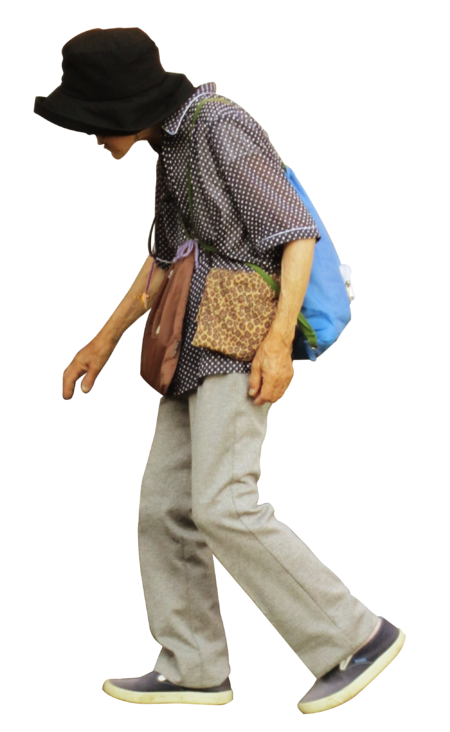nalco group
bone, muscle & joint pain physio
BOOK NOW / WHATSAPP ABOUT YOUR PAIN OR INJURY
- NOVENA 10 Sinaran Drive, Novena Medical Center #10-09, Singapore 307506
- TAMPINES 9 Tampines Grande #01-20 Singapore 528735
- SERANGOON 265 Serangoon Central Drive #04-269 Singapore 550265
Home > Blog > What Is Osteoporosis?
What Is Osteoporosis?

Elderly woman with osteoporosis showing a curved back from compression fractures of her back bones.
Bone loss slowly increases as part of the natural ageing process. It is more rapid in women for several years after the menopause. Bone loss can lead to osteoporosis and an increased risk of broken bones (fractures).
The main reasons why people develop osteoporosis are genes, age and gender. Other risk factors include smoking, drinking more than three units of alcohol a day and not being active.
How can Physiotherapy help with Osteoporosis?
Physiotherapy can help:
- Strengthen bones
- Strengthen muscles
- Prevent bone thinning
- Reduce falls
- Manage pain
As bone is a living tissue that can be improved through some types of exercise, Rabia can work with you to find activities that suit your specific needs and that will strengthen your bones.
We also uses Physiotherapeutic techniques and modalities to manage pain due to compression fractures or when bones in the spine collapse.
Osteoporosis is more common in older people and can be the reason why they fall. Falling is a common problem for people aged 65 and over. If you are at risk of falling, we can help design a programme to improve your balance.
When you come and see us, we will assess your problem and give you advice and a physical treatment.
What can I do to help myself?
If you are worried about osteoporosis or having a fall, contact us for advice.
Weight bearing exercise, such as walking or dancing, can help to strengthen your bones. Weight bearing exercise is any exercise in which you are supporting your own body weight through your feet and legs (or arms and hands).
If you have osteoporosis contact Rabia about what types of exercise would be suitable for you. She may recommend water based exercises as the water takes some of your weight.
Eat a healthy diet with plenty of calcium and get outside in the sunlight to boost your vitamin D. Calcium and vitamin D are both important for strong bones.
Our skeletons are growing from childhood into early adulthood. During this time, it is very important to make our bones as strong as possible.
You can do this by taking plenty of weight bearing exercise and eating a balanced, calcium-rich diet.
